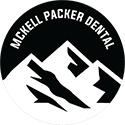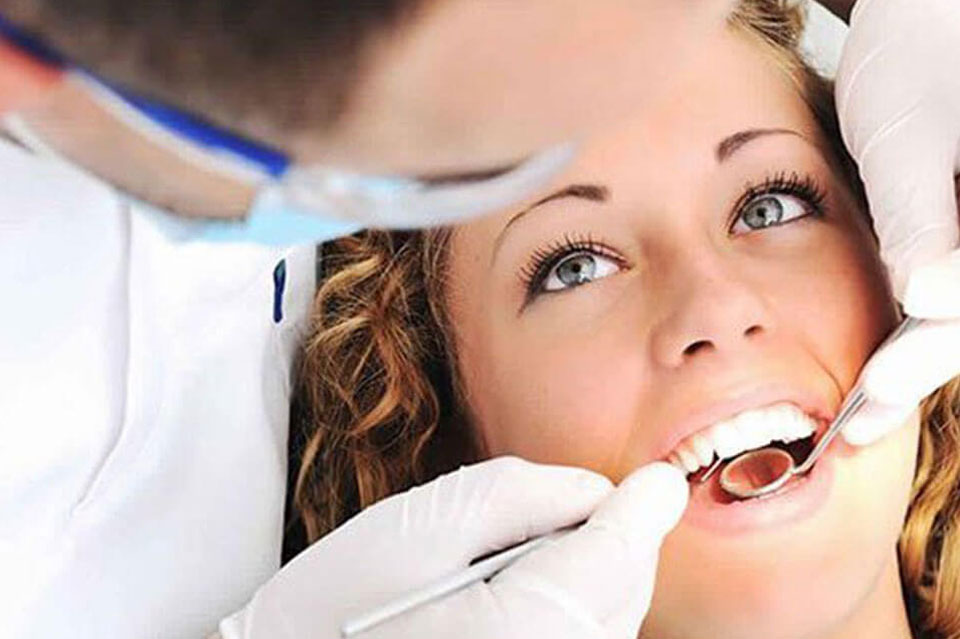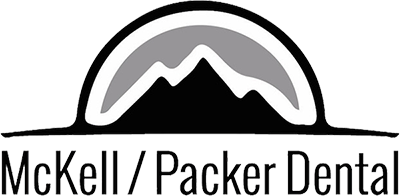For patients who suffer from dental anxiety, or first time patients who do not know what to expect, dental cleanings can be daunting. However, knowing exactly what is going on during the cleaning can help ease your stress and allow you to better enjoy the process.
The Six Steps of a Dental Cleaning
1. A Physical Exam
Before the actual cleaning begins, a dental hygienist will begin with a physical exam of the entire mouth. A small mirror will be used to check around the teeth and gums for any signs of disease or potential concerns. If they detect any major problems, the dental hygienist might call the dentist to make sure if it is okay to proceed with the cleaning.
2. Removing Plaque and Tartar
The dental hygienist will then use a scaler to get rid of plaque and tartar around the gum line and teeth. The more tartar there is, the more time will be needed to scrape a particular spot. You will hear scraping noises but it is completely normal and safe.
3. Gritty Toothpaste
Once all the tartar is removed, a high-powered electric brush and a gritty toothpaste is used to give your teeth a deep clean. The gritty toothpaste also polishes the teeth, without wearing down the enamel. During this step you will hear grinding noises from the electric brush.
4. Expert Flossing
The dental hygienist will give an expert floss that gets deep between the teeth and locates any trouble spots, where you might bleed at the gums. The flossing also removes any leftover plaque and toothpaste from the previous steps.
5. Rinsing
You will be allowed to rinse out your mouth to get rid of any debris. The rinse will most likely contain fluoride, which is a chemical that protects and strengthens your teeth.
6. Applying fluoride treatment
The last step is a fluoride treatment, which protects the teeth and helps fight against cavities for several months. The treatment is a foamy gel that is placed into a mouthpiece, which fits over the teeth. The gel is left on for about a minute. Then the mouthpiece is removed and fluoride varnish is painted onto the teeth with a small brush. The fluoride varnish hardens on contact with saliva, so you can eat and drink immediately after the cleaning.


